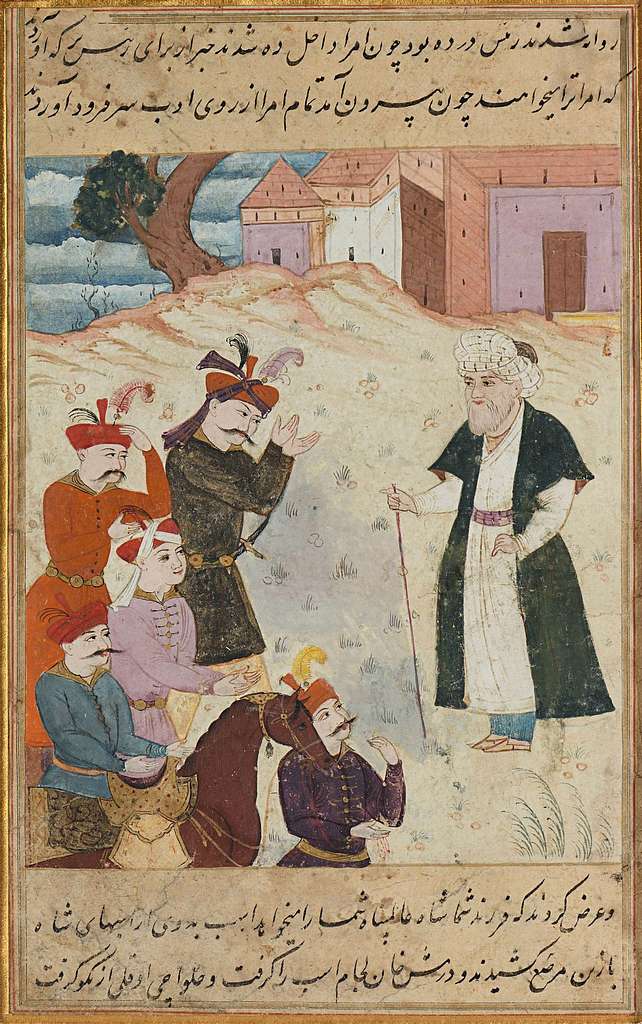Step into the vibrant narrative of the Ghiabi family, a saga woven with threads of nationalism, culture, and enduring legacy. Delve into the rich tapestry of our history, where each chapter unveils a story of prominence and resilience, spanning generations of influence and cultural significance.
Click below to embark on a journey through time.

Various branches of the Ghiabi family are spread across Iran, the United States, and Europe, notably in southern France. Notable individuals from these lineages have made significant contributions in various fields, including governance, architecture, and economics, highlighting the family’s enduring legacy and influence.
The family’s legacy is a testament to resilience, spanning generations of influence and cultural preservation. From their roots in the Shamlou tribe, pivotal roles in shaping Iranian history, to modern-day contributions across various fields, the family exemplifies a rich tapestry of heritage and values cherished through time.
The Ghiabi family traces its lineage back to the illustrious Shamlou tribe, one of the prominent Turkic Alawite tribes known as Qizilbash. Originating from present-day Syria, the Shamlou tribe migrated alongside Turkmen immigrants and settled in Iran, where they played pivotal roles in establishing the Safavid dynasty. Among them, Heydar-Qoli Khan Ghiabi Shamlou rose to prominence as the chief ambassador to the Qajar court and eventually migrated to Russia. His descendants adopted the name “Ghiabi,” a testament to their distinguished lineage within the Shamlou tribe. Over generations, the Ghiabi family has remained closely connected to their tribal roots, preserving and honoring the traditions and values instilled by their ancestors.
Beyond their association with the Shamlou tribe, the Ghiabi family has carved a remarkable path in Iranian history and society. From their early contributions during the Safavid era to their active involvement in the Qajar period, the Ghiabi family has left an indelible mark on governance, architecture, and economics. Through dispersion across regions like Iran, the United States, and Europe, they have continued to uphold their legacy, with notable individuals making significant strides in various fields. Today, the Ghiabi family stands as a beacon of heritage and resilience, embodying the enduring spirit of their ancestors while embracing the challenges and opportunities of the modern world.

The Enduring Values and Impact of the Ghiabi family
With roots in the esteemed Shamlou tribe, the Ghiabi family has wielded influence across centuries, shaping Iran’s history through military prowess, administrative acumen, economic stewardship, and cultural patronage. From their origins in the Safavid era to their enduring impact on modern Iran, the Ghiabi family’s legacy reflects a commitment to leadership and service that spans generations.